12 Black-and-White Horror Films Every Fan Should See
If you have never experienced black-and-white horror films, you are missing out on some true cinematic gems. These classics are a window into the evolution of horror, where directors relied on atmosphere to create tension. The lack of color often enhances the sense of dread. These films remind us how effective a well-crafted story can be. Horror fans will find much to appreciate in the style and substance of these films.
This post may contain affiliate links, which helps keep this content free. Please read our disclosure for more info.
Nosferatu (1922)
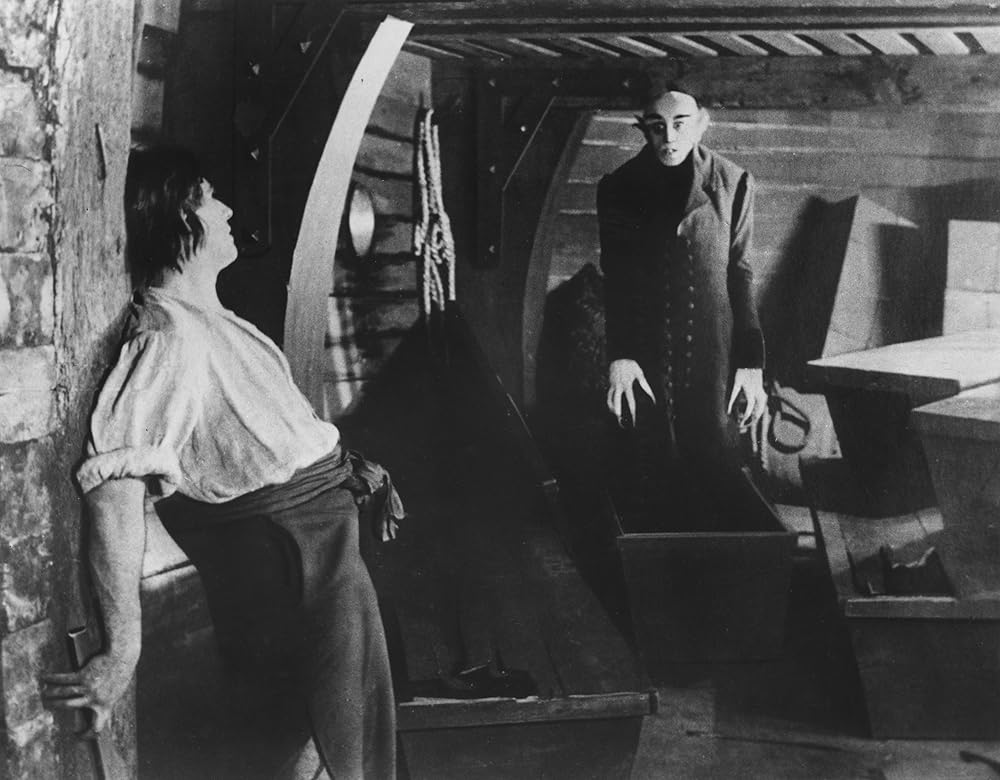
Directed by F.W. Murnau, Nosferatu is one of the earliest and most influential horror films. It tells the chilling story of Count Orlok, a vampire who preys on a young woman and her family. The eerie, shadowy atmosphere and iconic makeup of Max Schreck’s Orlok have made this film a staple in horror cinema. Even though it is almost a century old, the movie’s sense of dread and suspense remains powerful.
The film’s influence on the vampire genre cannot be overstated. The unsettling portrayal of Count Orlok set the standard for vampires in cinema. The striking visual style, particularly the use of shadows, makes it feel both claustrophobic and nightmarish. Nosferatu is not just a piece of film history—it is a blueprint for future horror films.
The Cabinet of Dr. Caligari (1920)
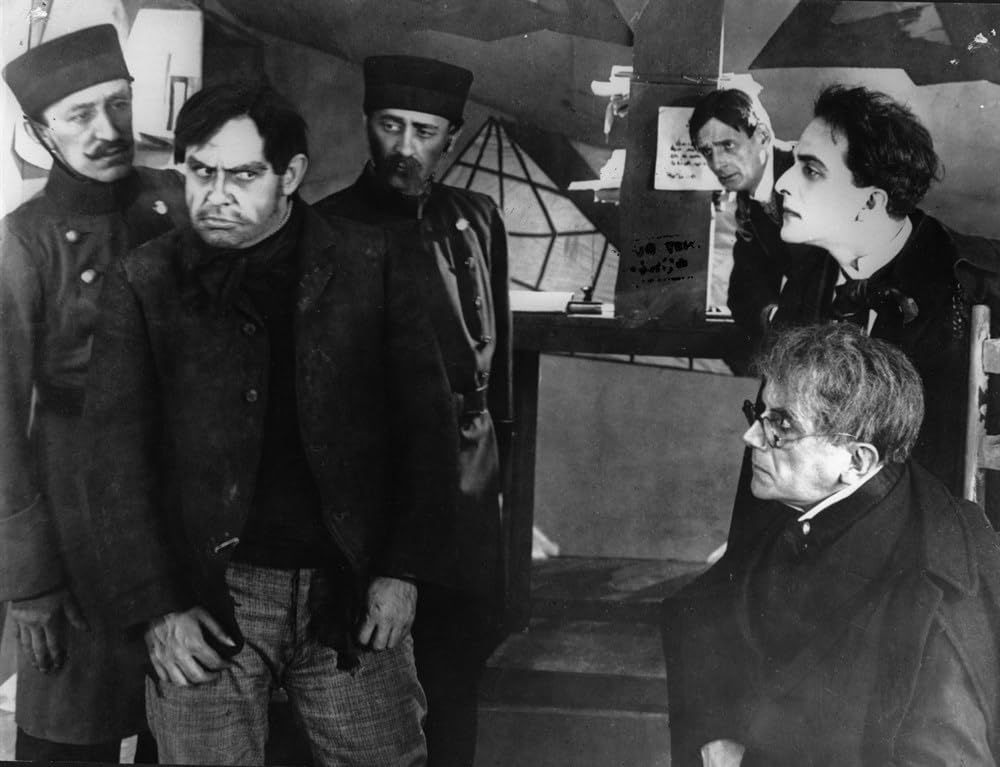
This German Expressionist film, directed by Robert Wiene, is known for its dreamlike, twisted visuals. It follows a sinister hypnotist, Dr. Caligari, who uses a sleepwalking assistant to commit murder. The film’s stylized sets and angular, distorted backgrounds create a nightmarish sense of unease. Its use of light and shadow to highlight the unsettling atmosphere remains influential to this day.
The Cabinet of Dr. Caligari helped lay the foundation for psychological horror. The film blurs the line between reality and madness, leaving viewers questioning what is real. Its shocking twist ending redefined storytelling in horror films. It remains a masterpiece of early cinema that continues to fascinate modern audiences.
Frankenstein (1931)
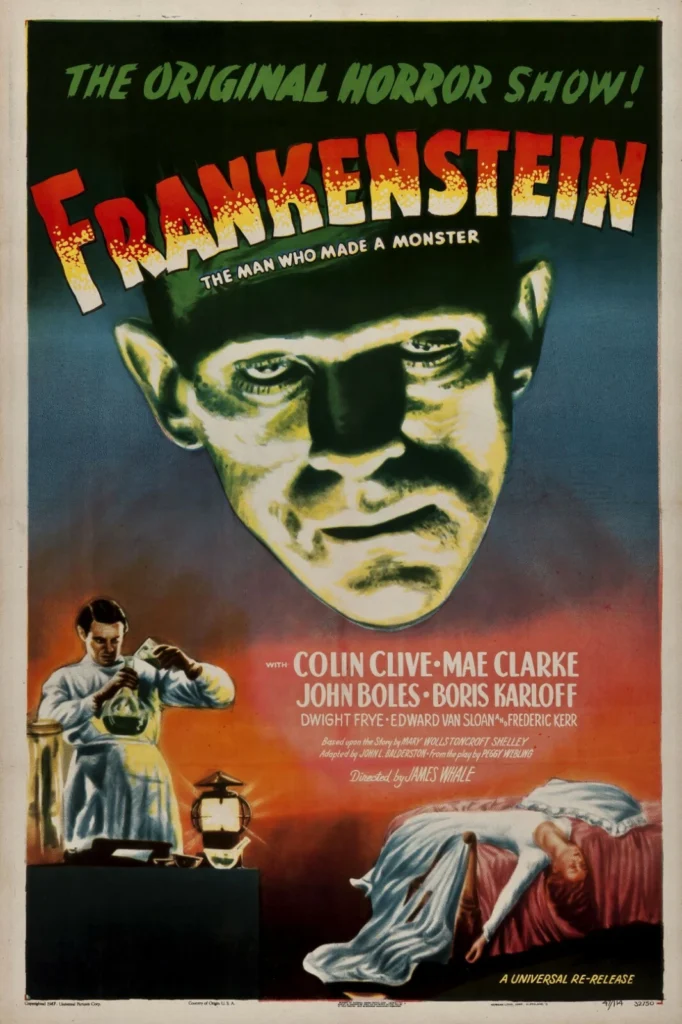
Directed by James Whale, Frankenstein brings Mary Shelley’s classic novel to life with chilling intensity. The film tells the story of Dr. Henry Frankenstein, who creates a living monster from body parts. Boris Karloff’s portrayal of the monster is iconic, making the character a lasting symbol in horror. The movie’s dark atmosphere and exploration of humanity’s fear of the unknown still resonate with audiences.
The film’s themes of isolation, ambition, and the consequences of scientific experimentation are timeless. The monster, though feared, is also a tragic figure, highlighting the moral complexity of the story. Frankenstein‘s influence extends beyond horror, affecting countless films, books, and pop culture. Its place in cinema history is cemented as one of the most important early horror films.
Dracula (1931)
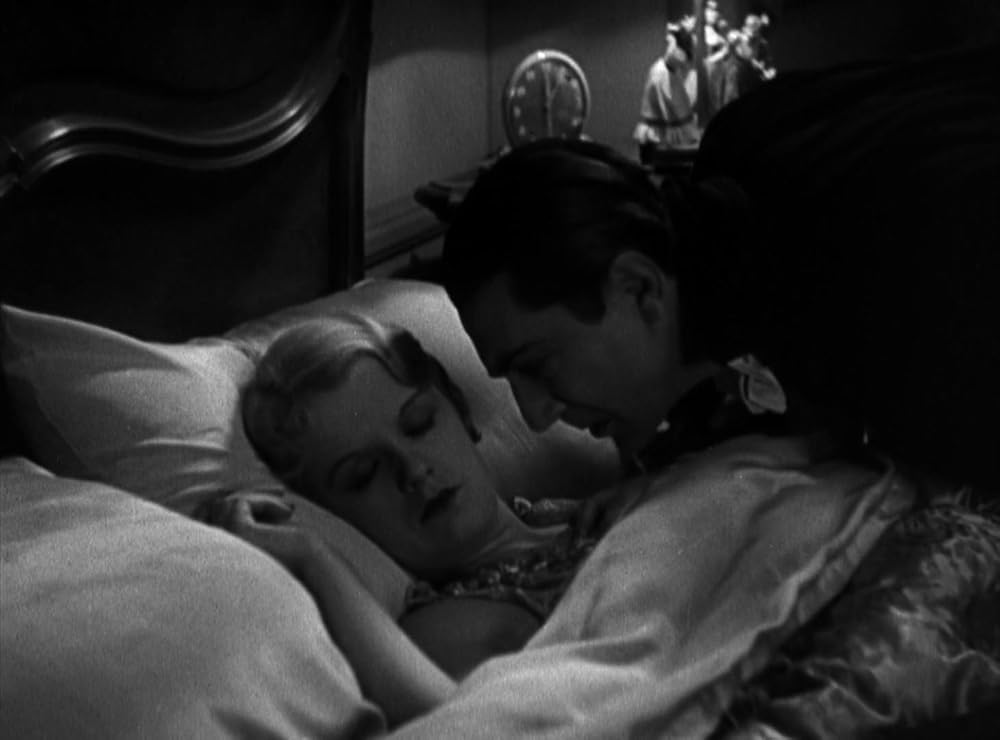
Tod Browning’s Dracula, starring Bela Lugosi, is the film that set the standard for many vampire stories to come. The film tells the tale of Count Dracula, a vampire who travels to England to spread his curse. Lugosi’s performance as Dracula, with his hypnotic gaze and memorable accent, has become legendary in horror lore. The moody, gothic atmosphere is a perfect backdrop for the tale of terror and seduction.
Dracula captures the essence of gothic horror with its eerie settings and unsettling tension. The film’s success led to a long series of Universal monster movies. Lugosi’s portrayal of Dracula remains iconic, influencing nearly every vampire depiction since. Even today, Dracula‘s chilling presence continues to haunt viewers, making it essential for horror fans.
The Mummy (1932)
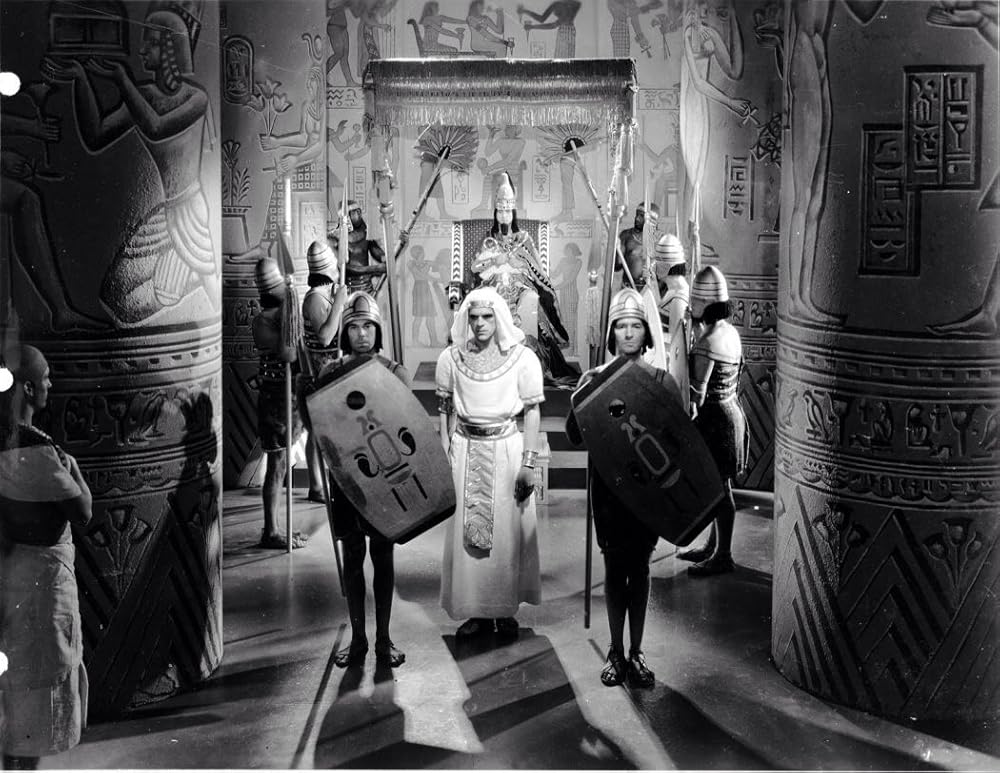
Another Universal horror classic, The Mummy stars Boris Karloff as Imhotep, an ancient Egyptian priest who is resurrected after being mummified alive. The film focuses on his obsession with a woman he believes is the reincarnation of his lost lover. Karloff’s haunting portrayal of Imhotep is unforgettable, and the film’s atmosphere is dark and brooding.
The Mummy is one of the early examples of mixing supernatural horror with romance. Its slow-burn storytelling and eerie mood make it a standout among Universal’s monster films. The film’s visual style, with its ancient Egyptian motifs and creepy tombs, has influenced countless mummy-themed movies. For fans of both monster movies and supernatural horror, it is a must-see.
The Bride of Frankenstein (1935)
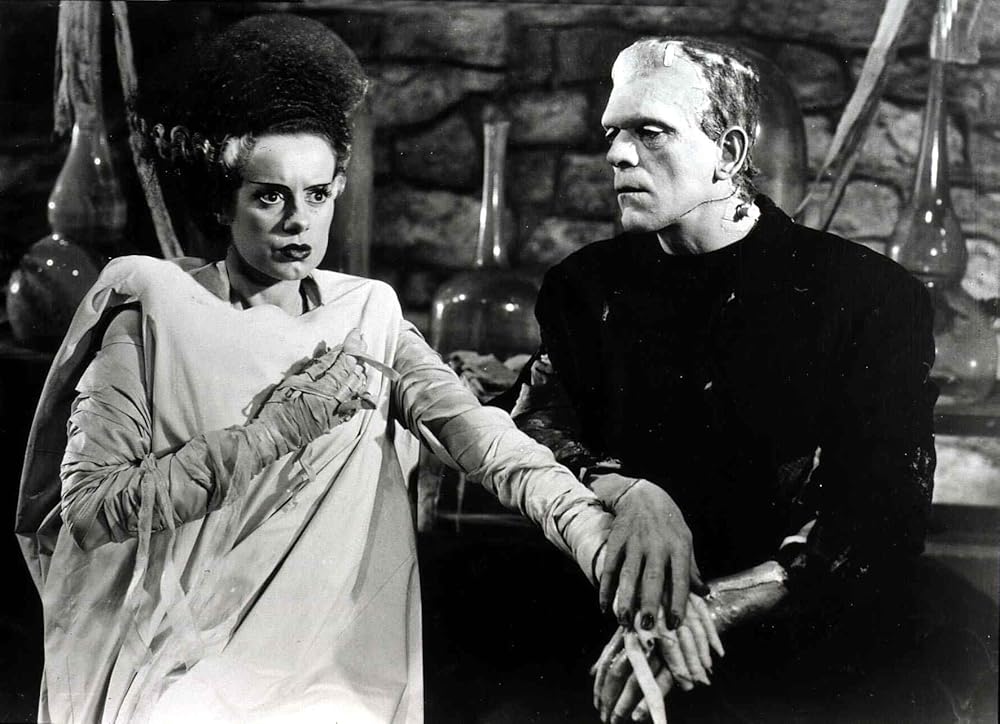
James Whale’s The Bride of Frankenstein is considered one of the rare sequels that surpasses the original. The film follows the monster, who seeks out a mate created by Dr. Frankenstein. Elsa Lanchester’s portrayal of the Bride remains iconic, with her striking hair and terrifying appearance. The film combines gothic horror with a dark sense of humor.
The movie’s exploration of creation and abandonment adds emotional depth to the monster’s tragic journey. The Bride of Frankenstein is visually rich, with fantastical sets that highlight the macabre. It solidified the monster and Frankenstein as mainstays in horror culture. The film continues to influence filmmakers and is revered for its perfect blend of horror and artistry.
Cat People (1942)
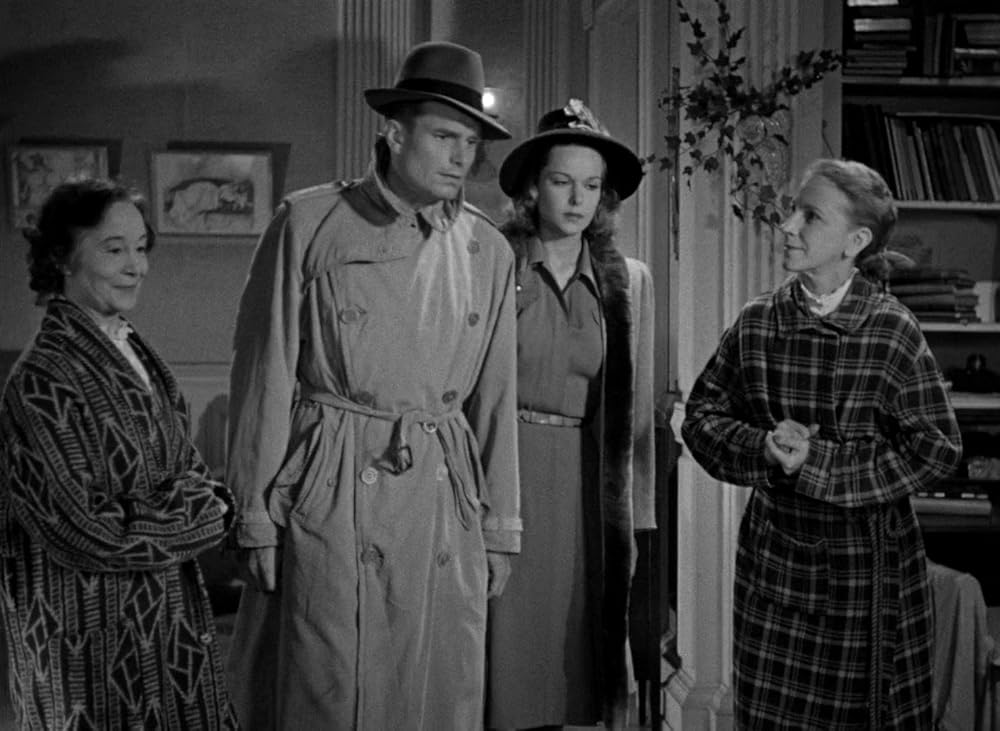
Cat People, directed by Jacques Tourneur, is a psychological horror film that explores fear, obsession, and the supernatural. The film centers on Irena, a woman who believes she can turn into a panther when aroused. The film builds its tension through suggestive imagery, with much of the horror left to the viewer’s imagination. Its ability to frighten without showing much is a hallmark of its success.
The film is a perfect example of how atmosphere can be used to create a sense of dread. The clever use of shadows, light, and sound deepens the eerie mood. Cat People is often hailed as one of the finest examples of psychological horror. It shows how subtlety in filmmaking can make the viewer feel uncomfortable and uneasy.
The Wolf Man (1941)
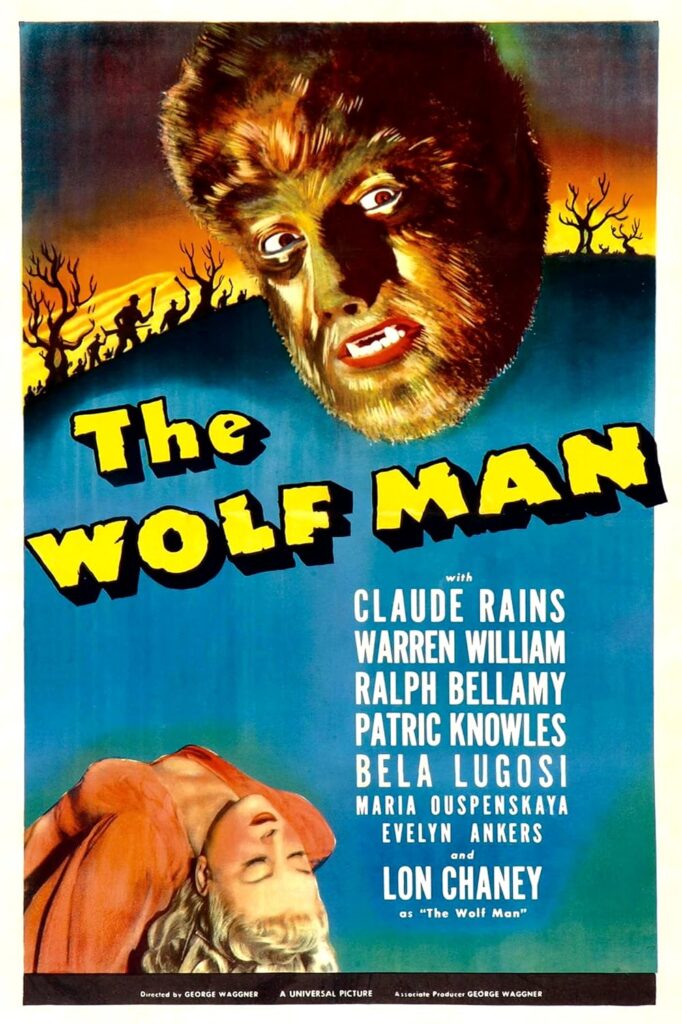
The Wolf Man, starring Lon Chaney Jr., is a quintessential monster movie that blends horror with tragedy. It tells the story of Larry Talbot, a man who is cursed to transform into a werewolf during the full moon. The film’s dark, atmospheric settings and Chaney’s heartbreaking performance make it an emotional experience. It helped solidify the werewolf as one of horror’s enduring creatures.
The film’s impact can still be seen in modern werewolf stories. Its focus on the tragic side of the monster adds a layer of depth to the usual creature feature. The transformations are unsettling, and the eerie sound design heightens the terror. For fans of classic monster movies, The Wolf Man remains a must-watch.
The Invisible Man (1933)
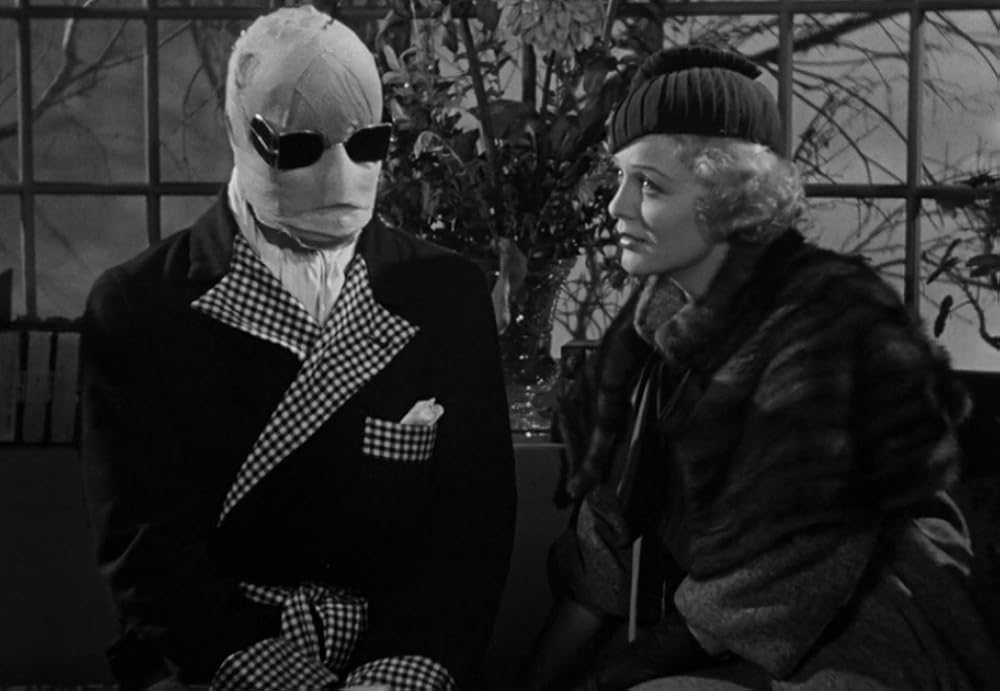
Based on H.G. Wells’ novel, The Invisible Man tells the story of Dr. Jack Griffin, a scientist who discovers a formula that makes him invisible. However, his newfound power leads him down a dangerous path, as his sanity begins to deteriorate. Claude Rains delivers a standout performance, making the invisible character both terrifying and sympathetic. The film mixes science fiction with horror, creating a unique cinematic experience.
The Invisible Man explores themes of madness, power, and the consequences of unchecked scientific experimentation. Its special effects were groundbreaking for the time, with invisible effects still astonishing to viewers today. The character of Griffin is a tragic figure, consumed by his transformation. The film’s blend of suspense, terror, and psychological complexity makes it a key entry in classic horror.
The Black Cat (1934)
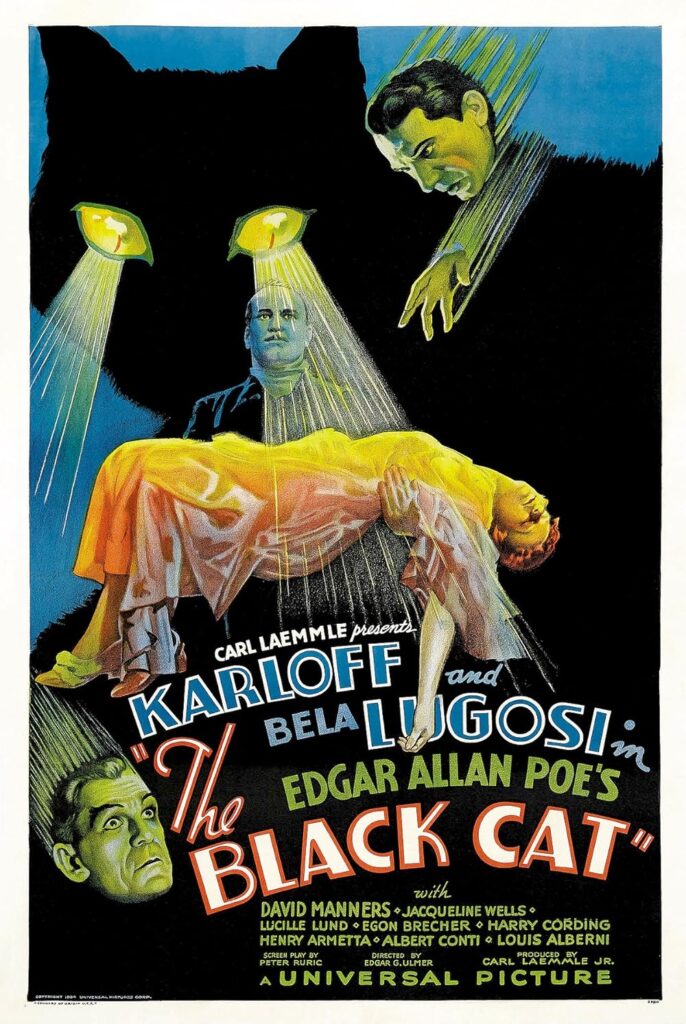
This film, directed by Edgar G. Ulmer, is a supernatural horror story that blends mystery with dread. It stars Boris Karloff and Bela Lugosi in a chilling tale of revenge, madness, and the occult. The film’s sinister atmosphere and stunning visuals make it one of the most atmospheric horror films of the 1930s. The plot twists keep the viewer on edge, creating a taut, suspenseful experience.
The Black Cat stands out for its boldness and willingness to break conventions. The relationship between Karloff and Lugosi’s characters builds to a terrifying climax. The film’s use of architectural horror, with its eerie, modernist sets, is another aspect that sets it apart. The Black Cat is a prime example of early horror that combined psychological depth with gothic terror.
White Zombie (1932)
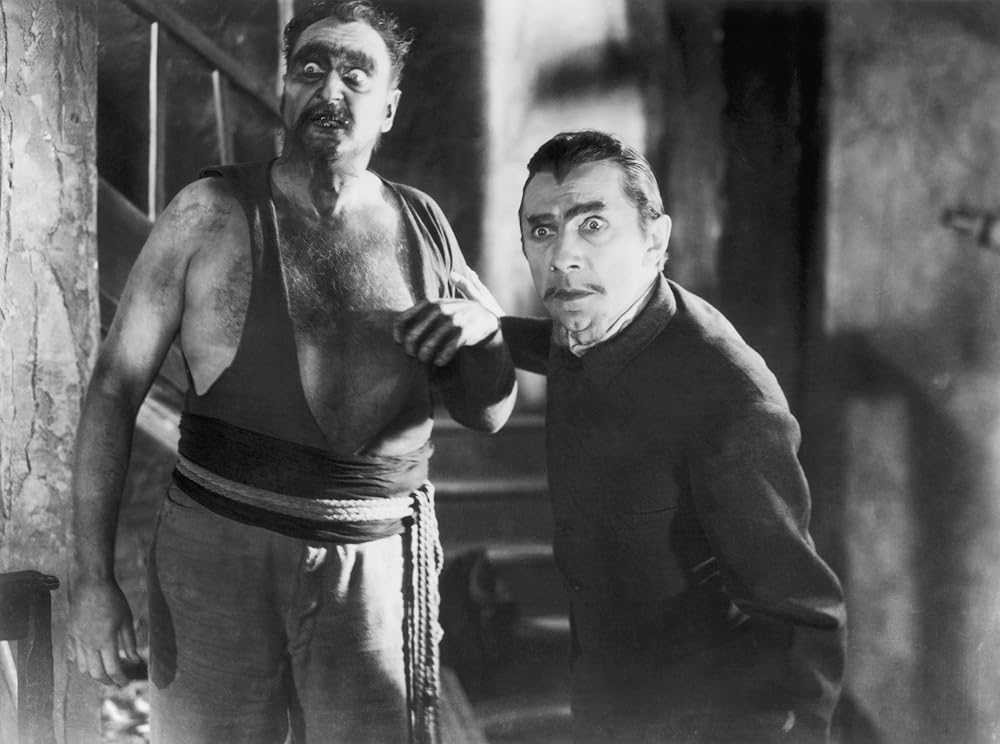
White Zombie, directed by Victor Halperin, is a moody and atmospheric film that set the stage for future zombie movies. It tells the story of a man who enlists the help of a voodoo priestess to bring his fiancée back to life, only to have her turned into a zombie. The film’s slow, eerie pace and haunting visuals make it stand out in early horror cinema.
The film’s exploration of voodoo and the supernatural adds an unsettling layer to the zombie genre. Bela Lugosi’s performance as the voodoo master is both chilling and mesmerizing. While it lacks the fast-moving zombies of modern films, the dread and terror it evokes make it a classic. White Zombie continues to be influential in the portrayal of undead creatures.
I Walked with a Zombie (1943)
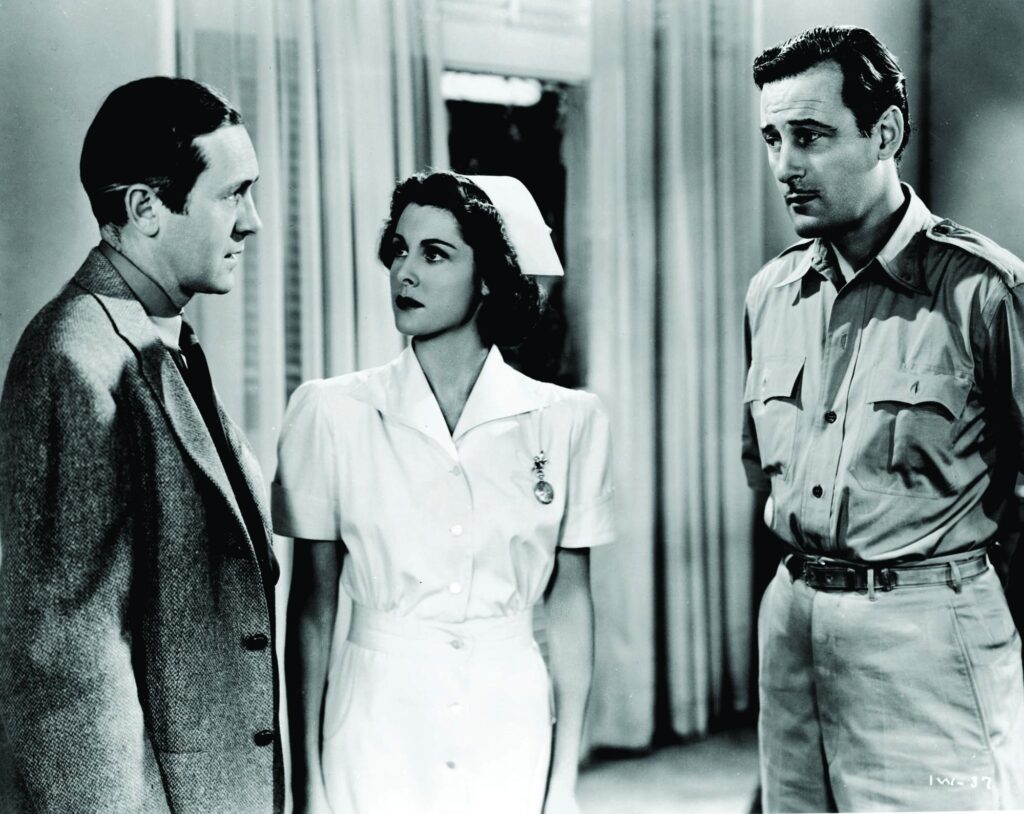
This film, directed by Jacques Tourneur, blends gothic horror with a tale of voodoo. It follows a nurse who is sent to a Caribbean island to care for a woman who is in a zombie-like trance. The film’s atmosphere is haunting, with its use of dark, shadowy lighting and eerie music. The slow-building tension creates an unsettling feeling throughout the movie.
I Walked with a Zombie stands out for its sophisticated storytelling and atmosphere. It explores the themes of love, loss, and the supernatural, making it more than just a typical zombie movie. The film’s focus on mood over violence sets it apart from other films of its time. It remains a classic of supernatural horror.
This article originally appeared on Avocadu.
